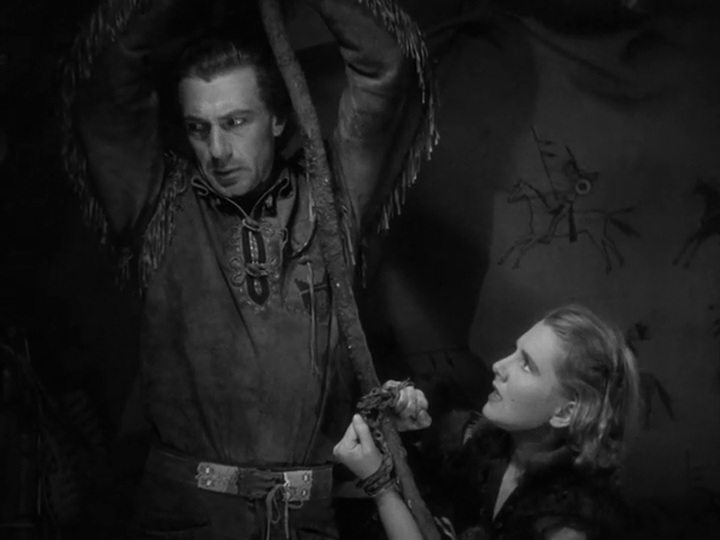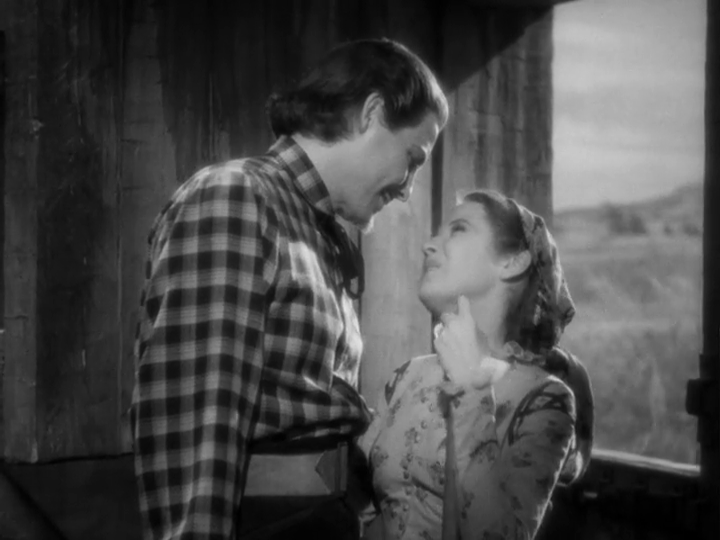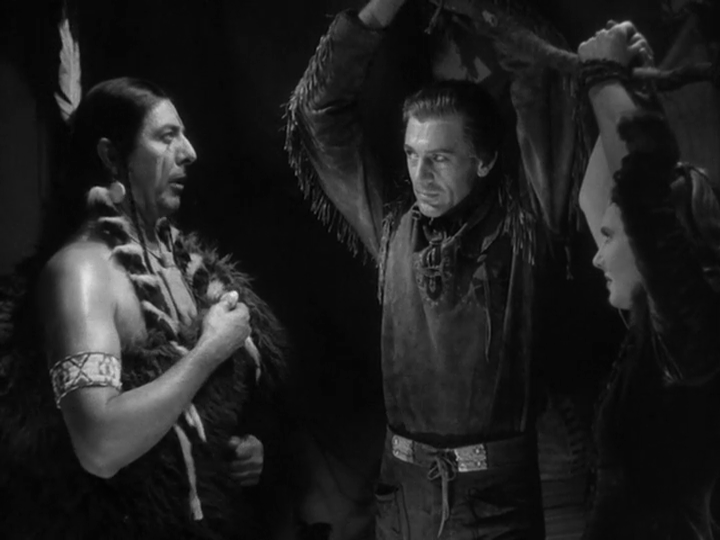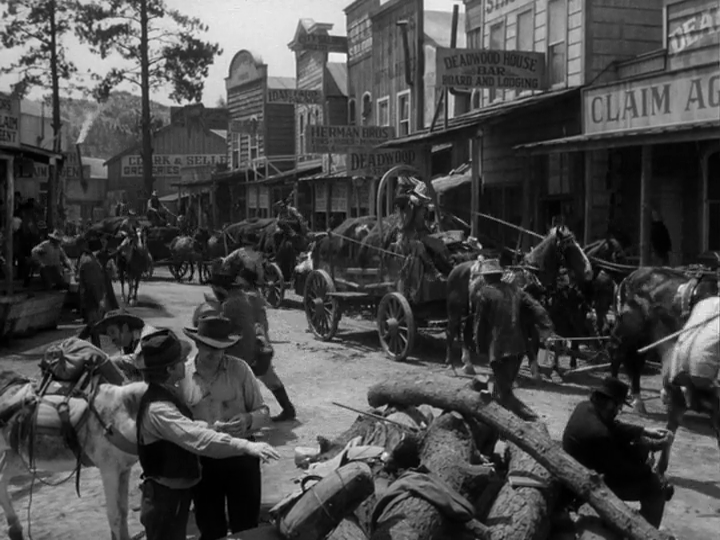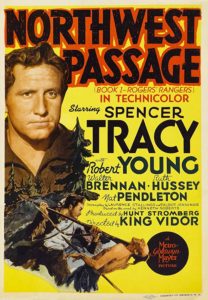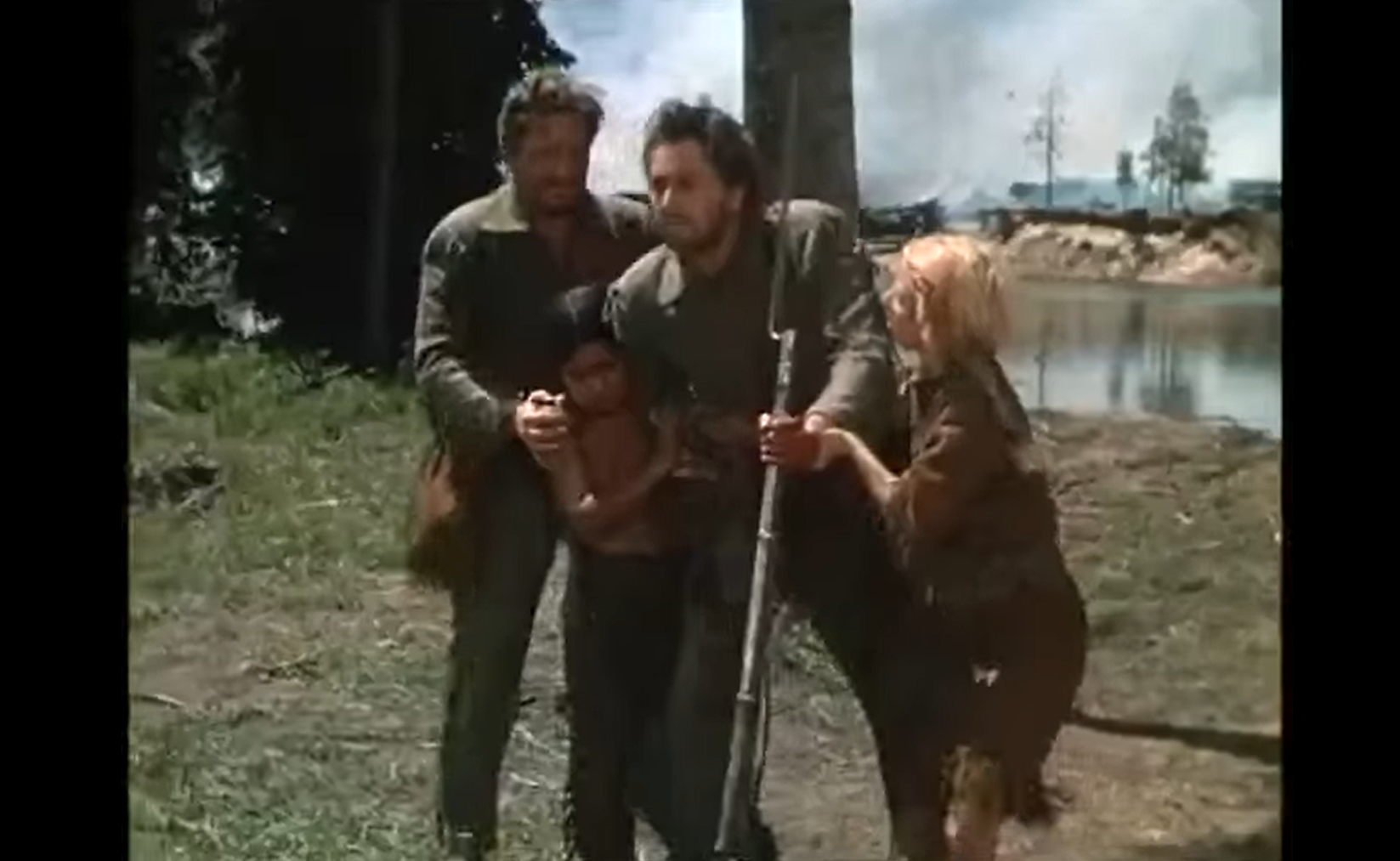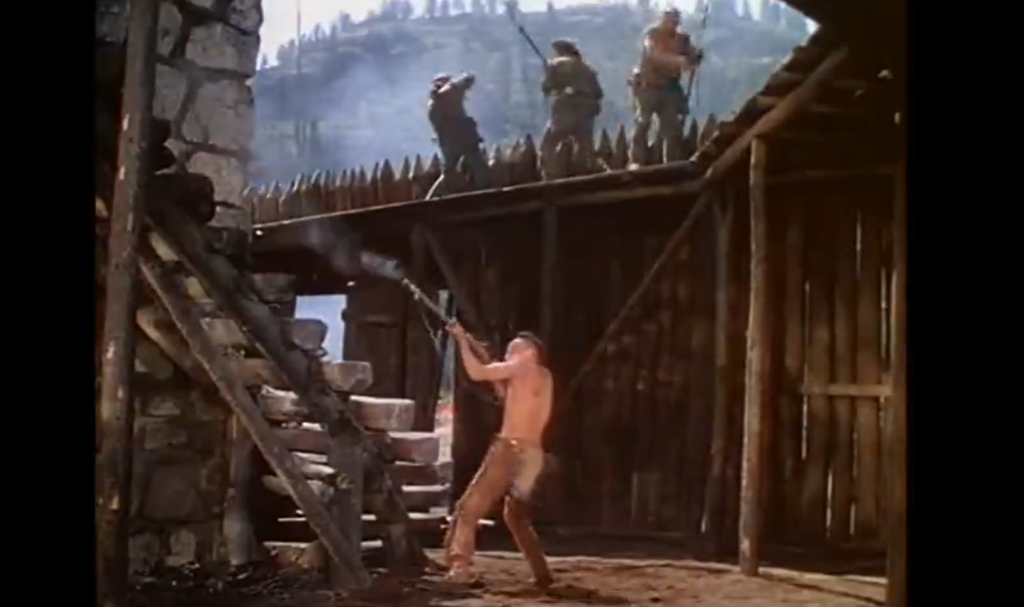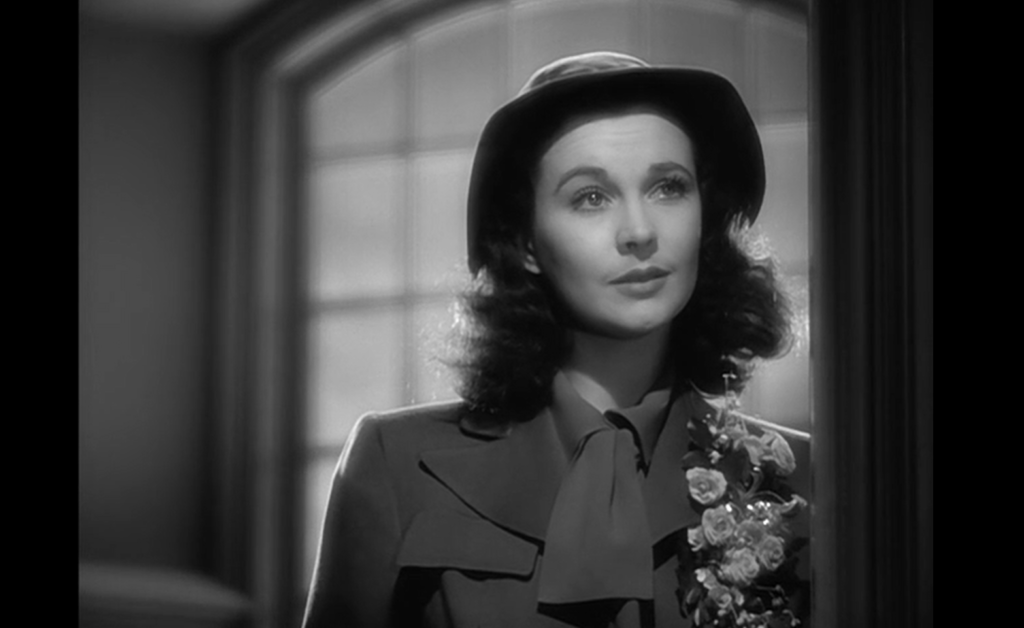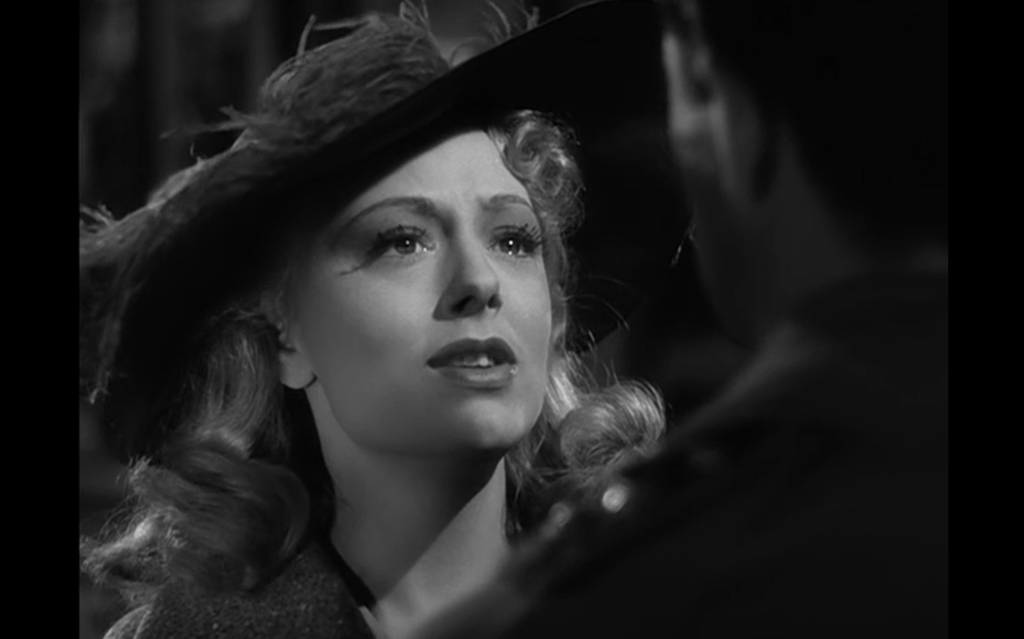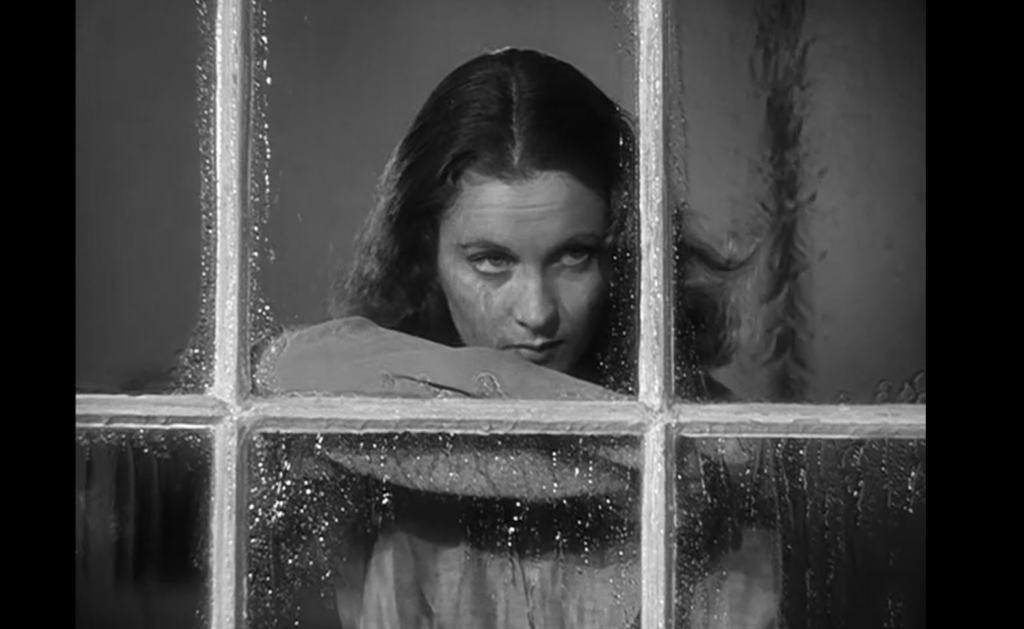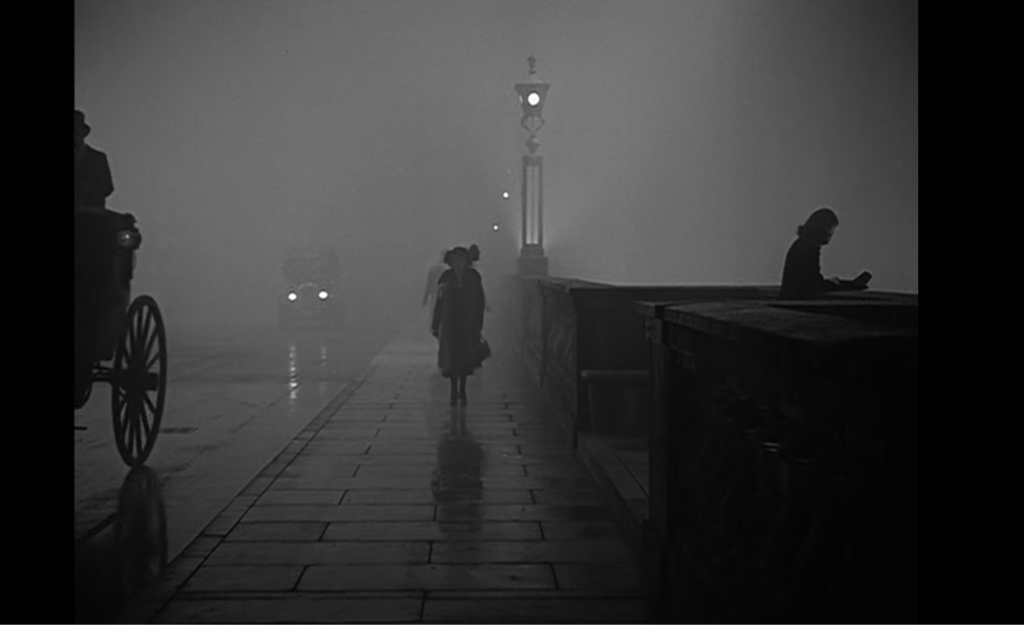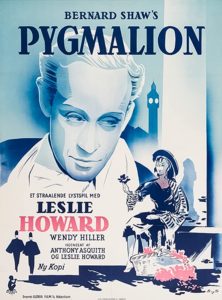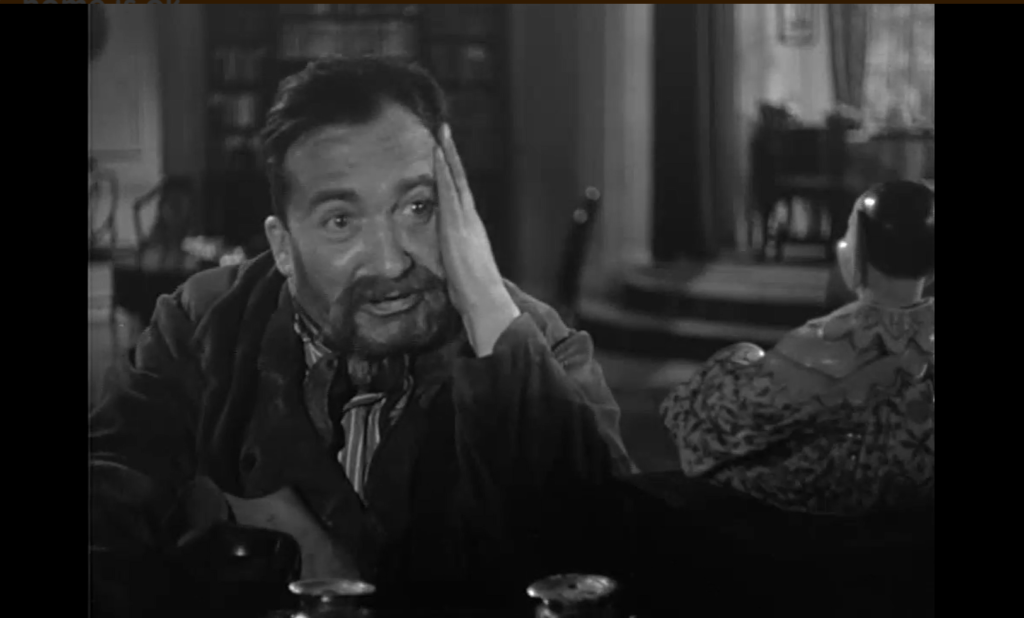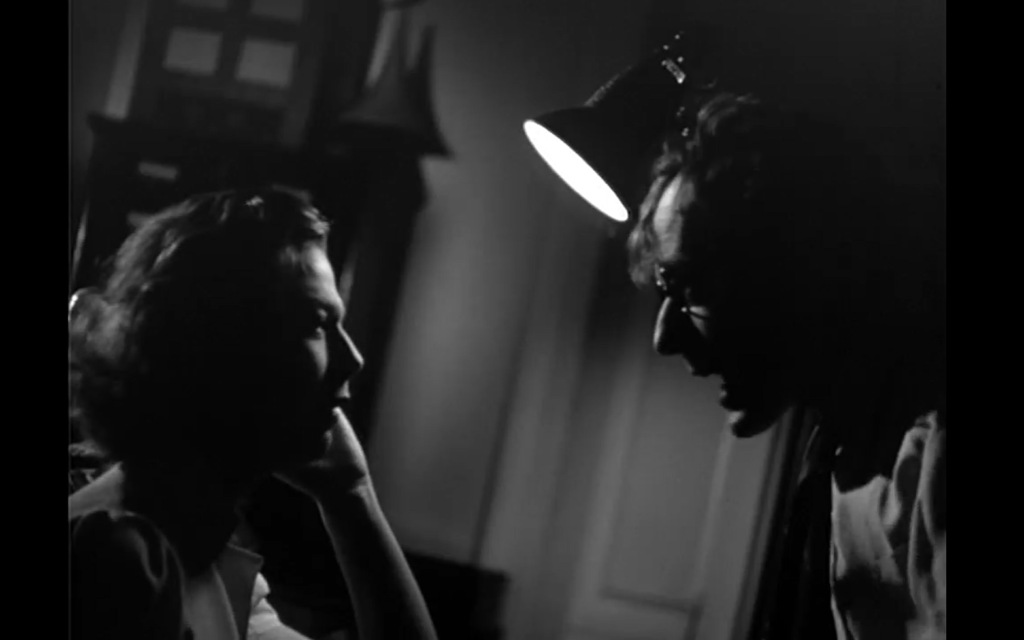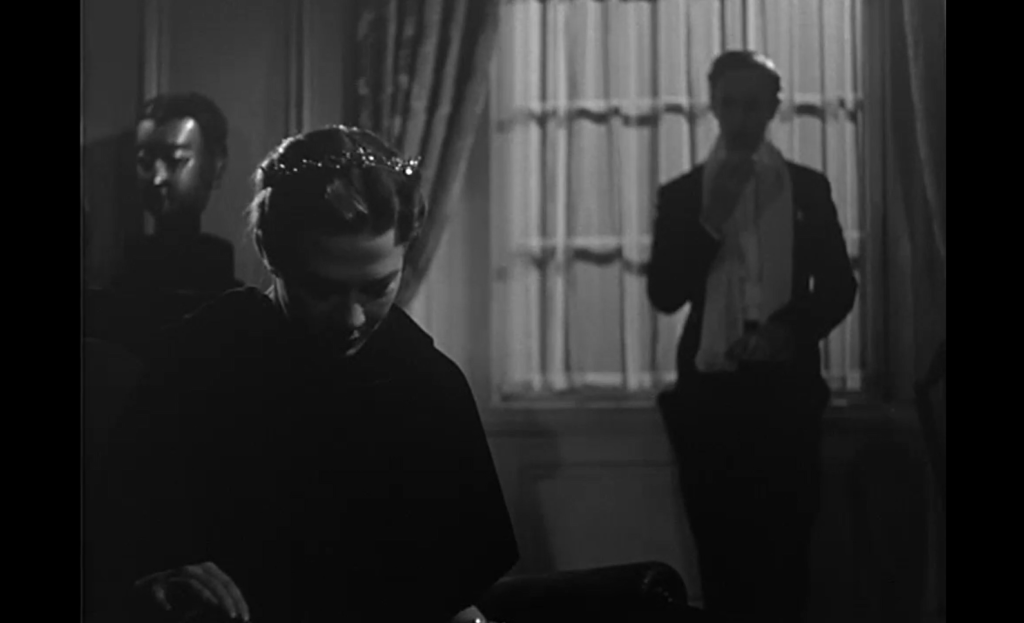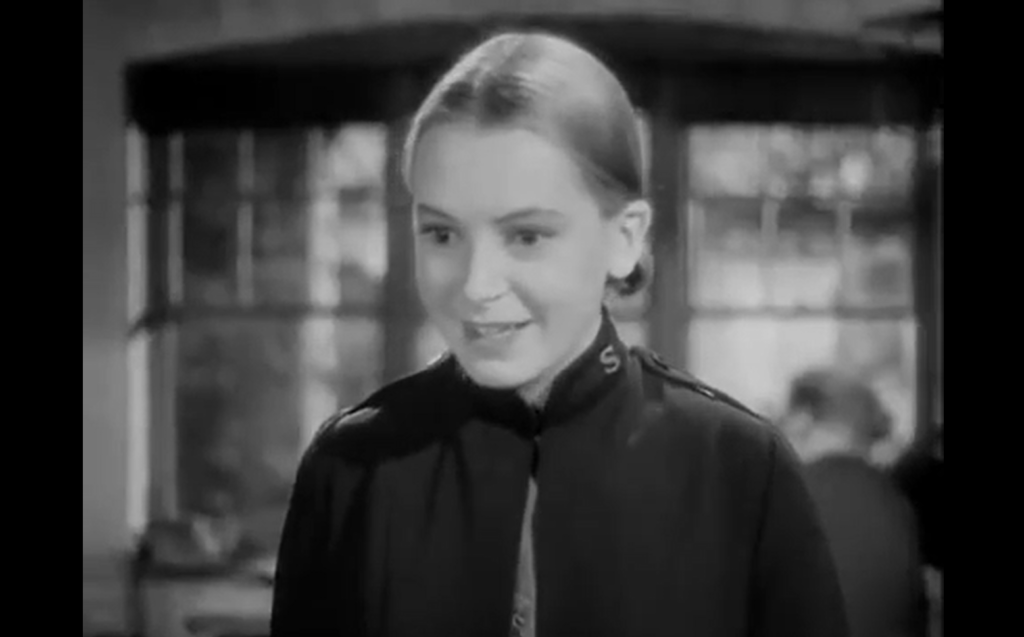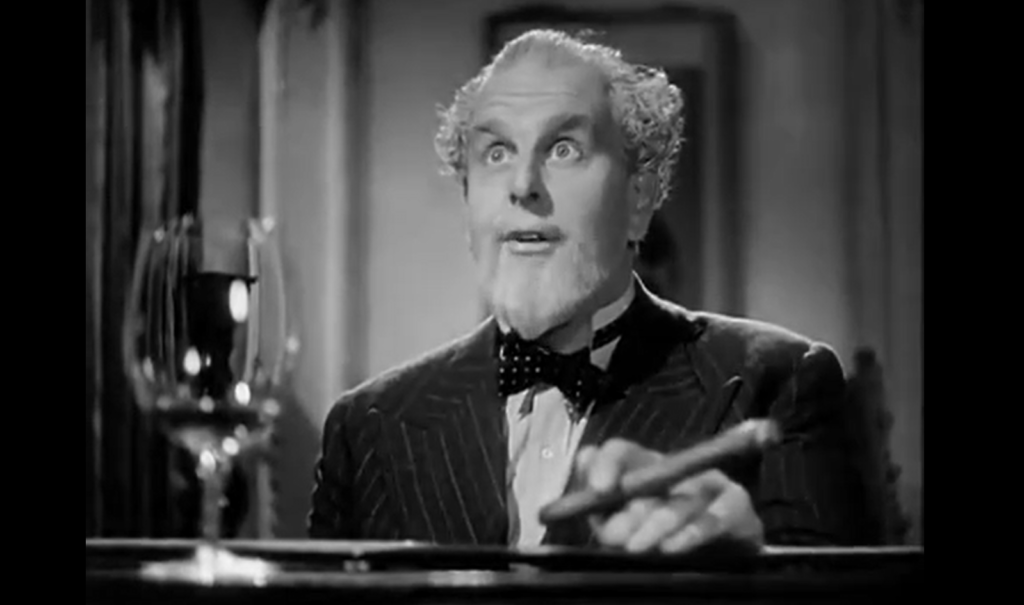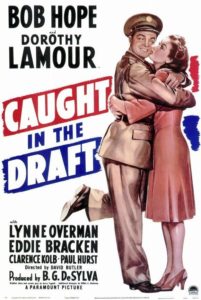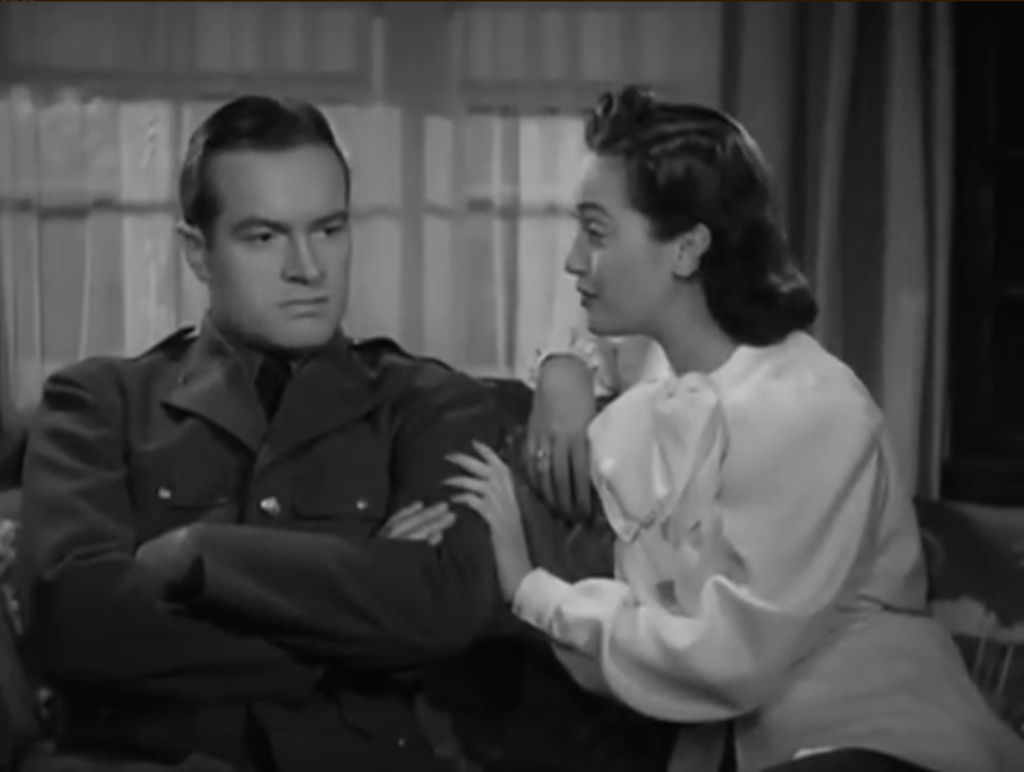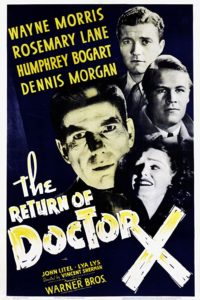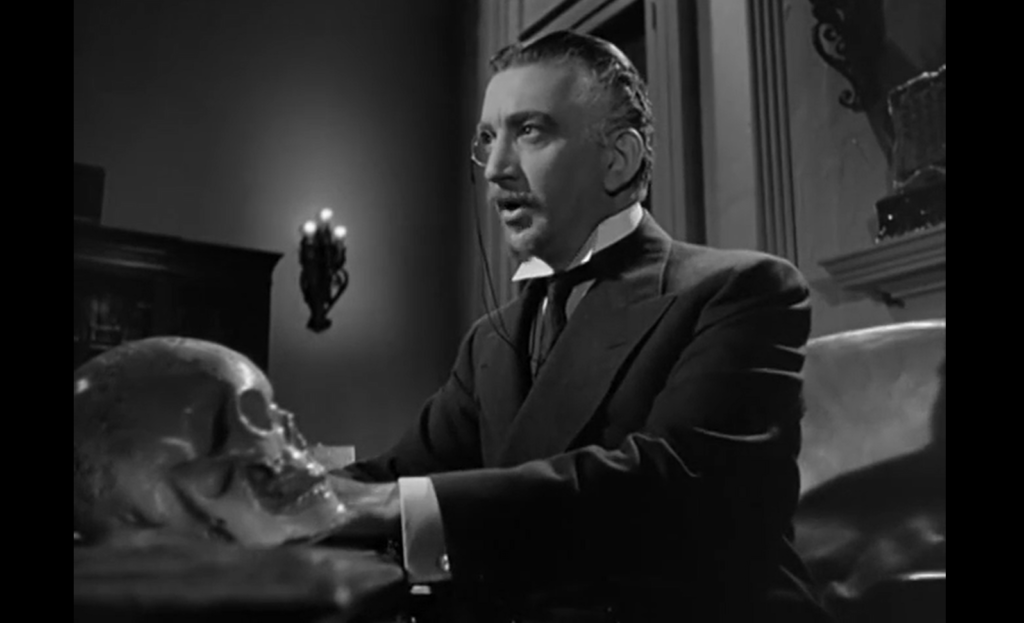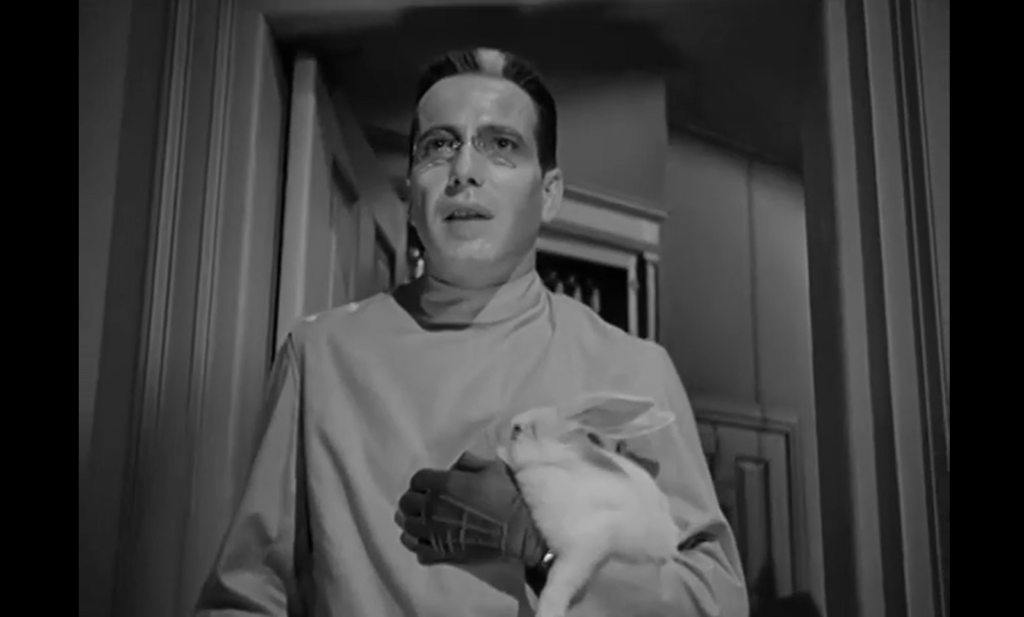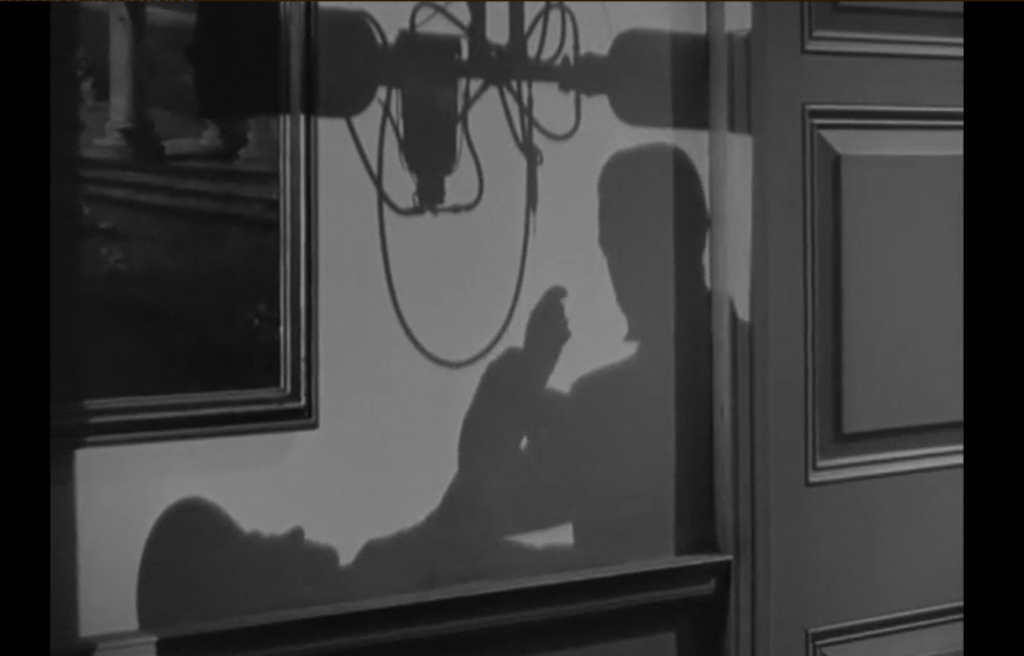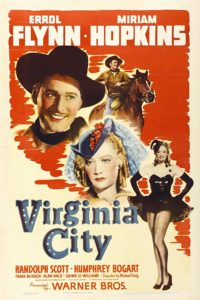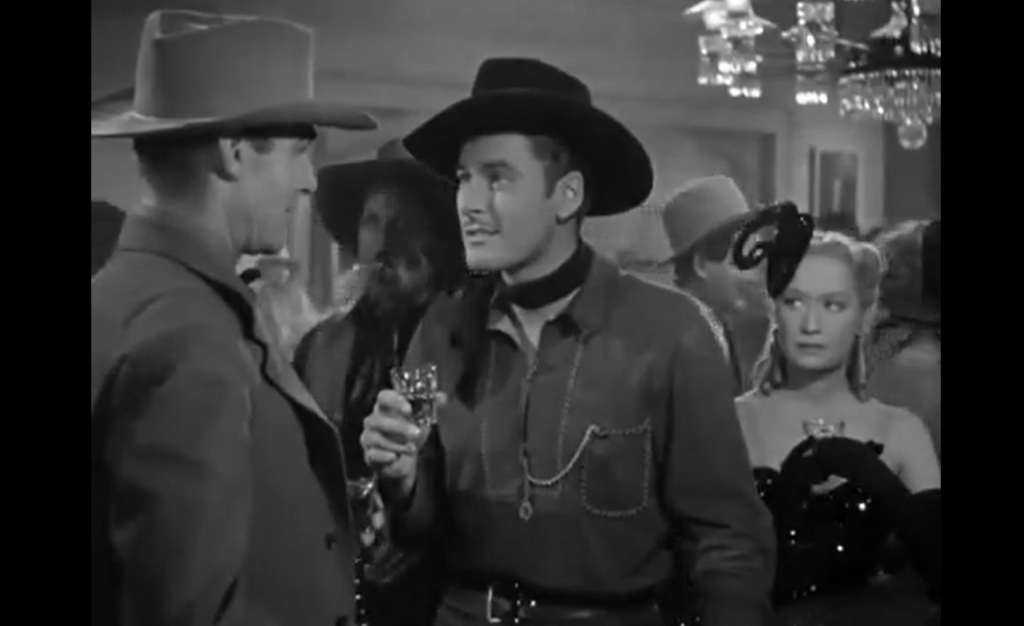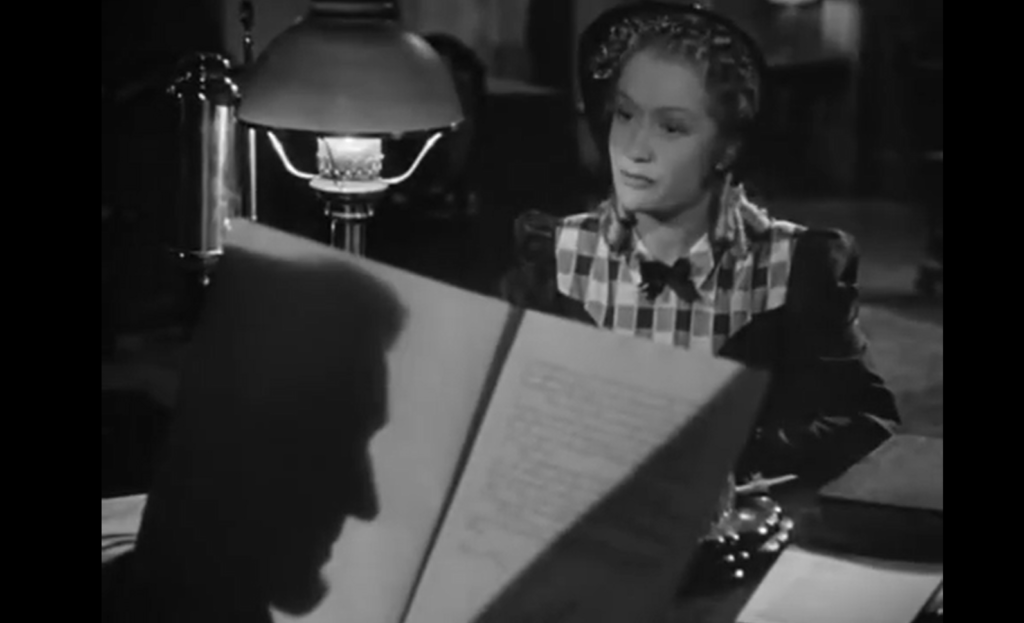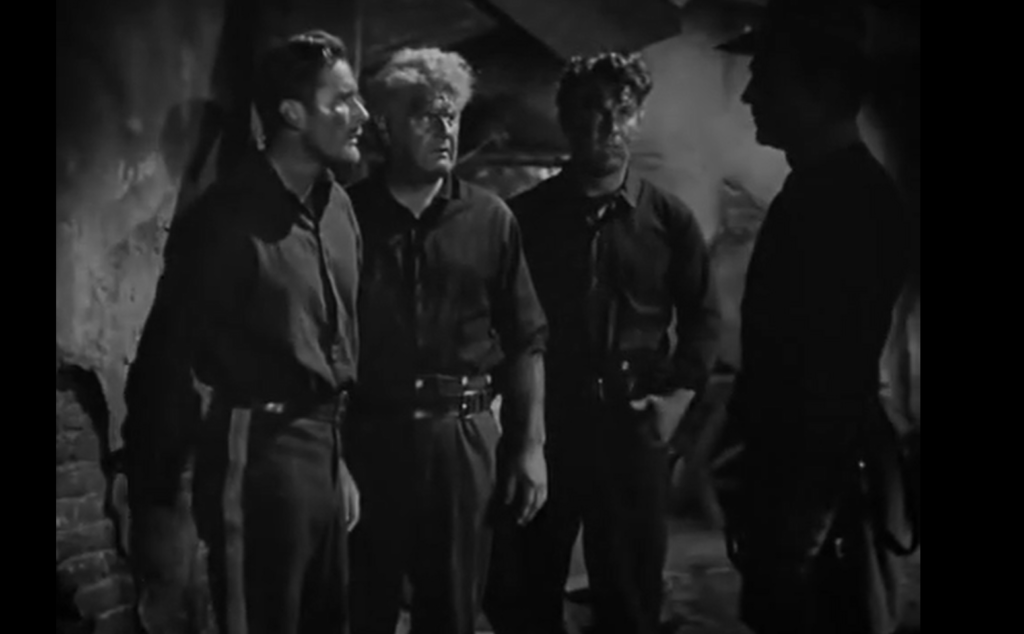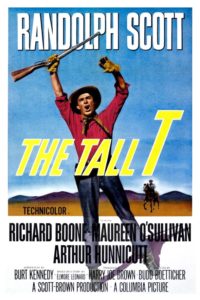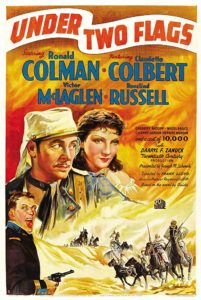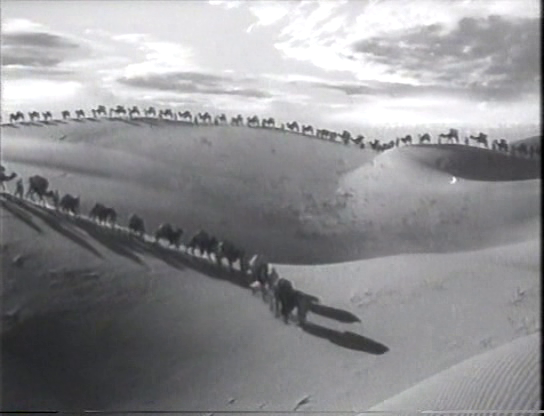|
Genres, Themes, Actors, and Directors:
- Budd Boetticher Films
- Hostages
- Maureen O’Sullivan Films
- Newlyweds
- Randolph Scott Films
- Richard Boone Films
- Westerns
Response to Peary’s Review:
Peary writes that this “obvious influence on numerous westerns, including Anthony Mann’s Man of the West,” is “probably the quintessential Randolph Scott-Budd Boetticher film” — a noteworthy claim considering all the other fine pictures they made together, viz. Seven Men From Now (1956), Decision at Sundown (1957), Buchanan Rides Alone (1958), and Ride Lonesome (1959). Peary notes that The Tall T is “beautifully shot, strong yet straightforwardly written (by Burt Kennedy, who wrote four of their seven westerns), and deals with Boetticher’s primary concerns: how men choose to lead their lives in a West that is becoming increasingly civilized, yet, paradoxically, more violent and amoral,” with “everyone want[ing] something, be it wealth, a woman, a spread, a position of respect, notches on a gunbelt, [or] to be regarded as a man.” He discusses the fact that “Boone becomes fond of Scott” and the two men are “set up to be mirror images of one another”, with “their final clash” resulting “from Scott being a moral man with violent tendencies and Boone being a violent man with moral tendencies”. The film ultimately posits that “the growth of America had to do with loners such as Scott doing away with their violent Boone-like side, putting away their guns, and settling down with good, loyal… women like O’Sullivan”; indeed, “the stability of the country was dependent on marriage, family, and property.”
Peary’s review highlights the film’s narrative and thematic strengths, but the performances are excellent across the board as well. It’s nice to see 45-year-old O’Sullivan playing a “plain” near-spinster (she looks appropriately weary and wary), and Arthur Hunnicutt steals the show in opening scenes as a feisty stagecoach driver. Boone, Homeier, and Silva (going by the unfortunate nickname of “Chink”) are all convincingly threatening, and given numerous subtly racy lines to speak (“I had me a quiet woman once. Outside she was as calm as Sunday, but inside wild as mountain scenery.”). At just 78 minutes, this nifty western moves swiftly and tells a taut, tense tale from beginning to end.
Redeeming Qualities and Moments:
- Fine performances by the entire cast
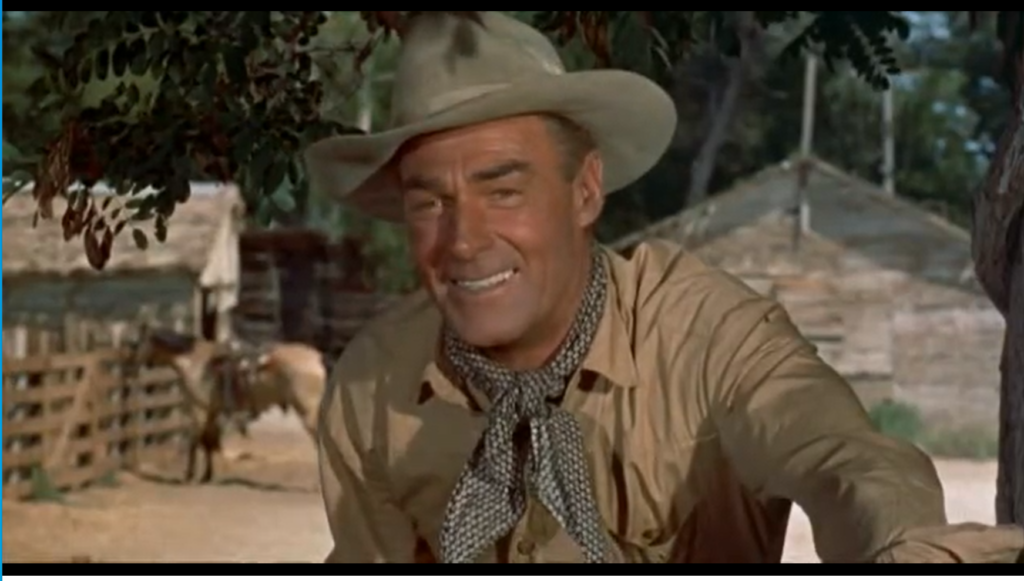

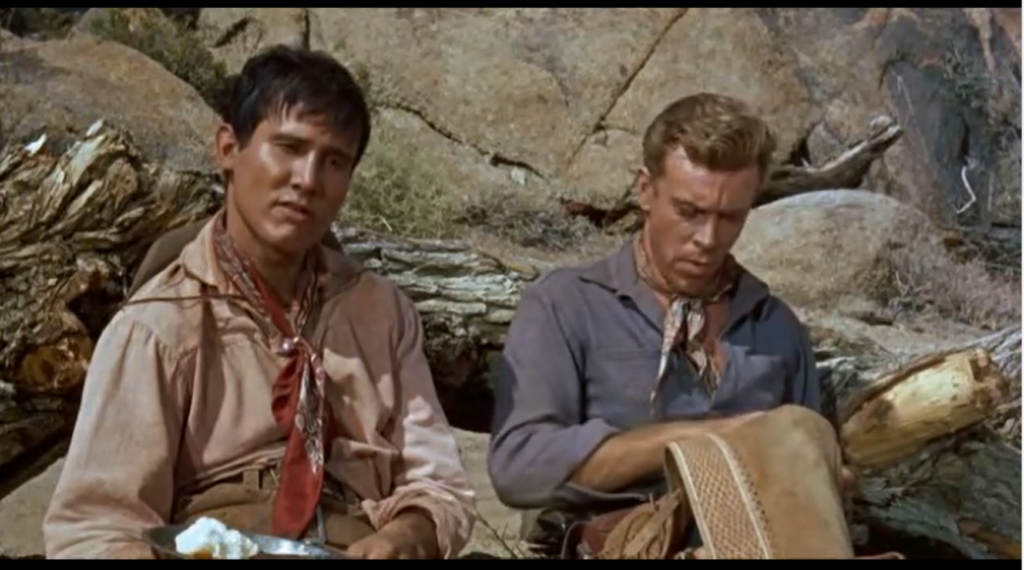
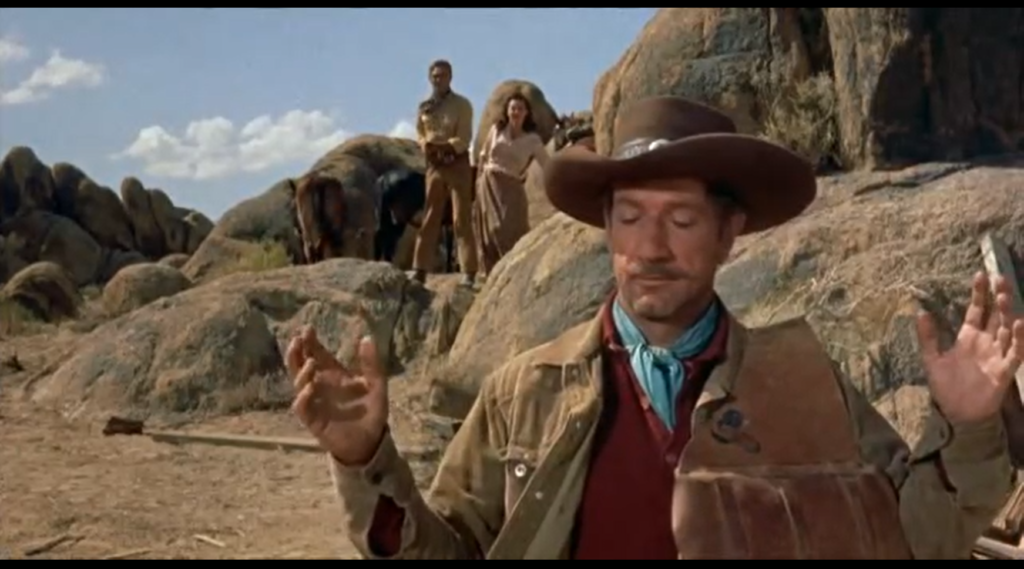
- Strong direction
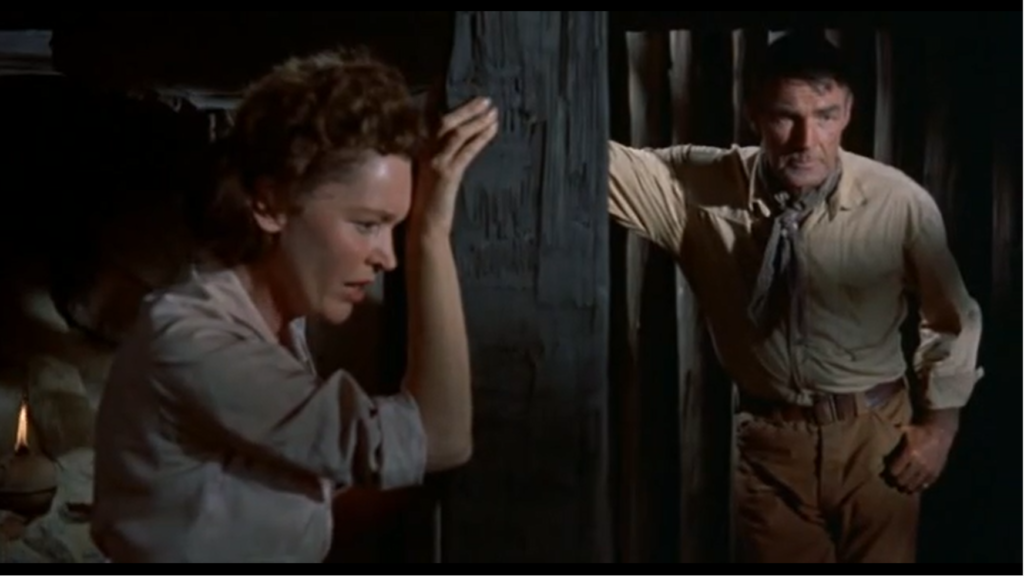
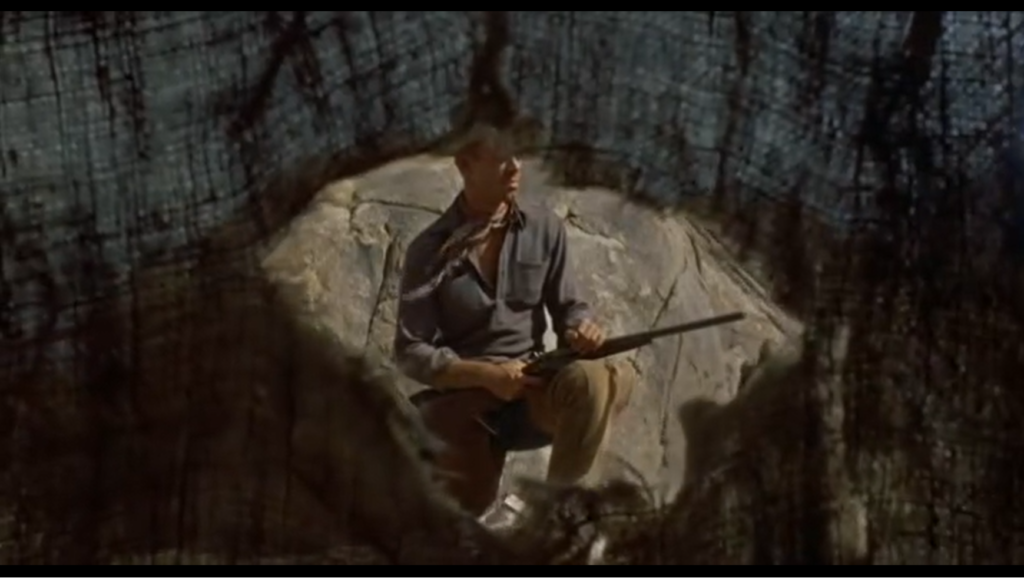
- Good use of location shooting

- Kennedy’s first-rate script
Must See?
Yes, as yet another fine Boetticher/Scott western.
Categories
Links:
|

